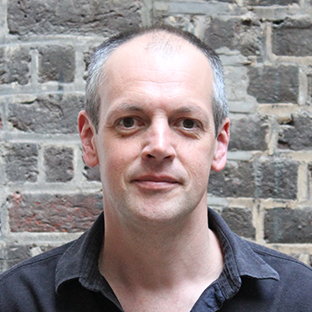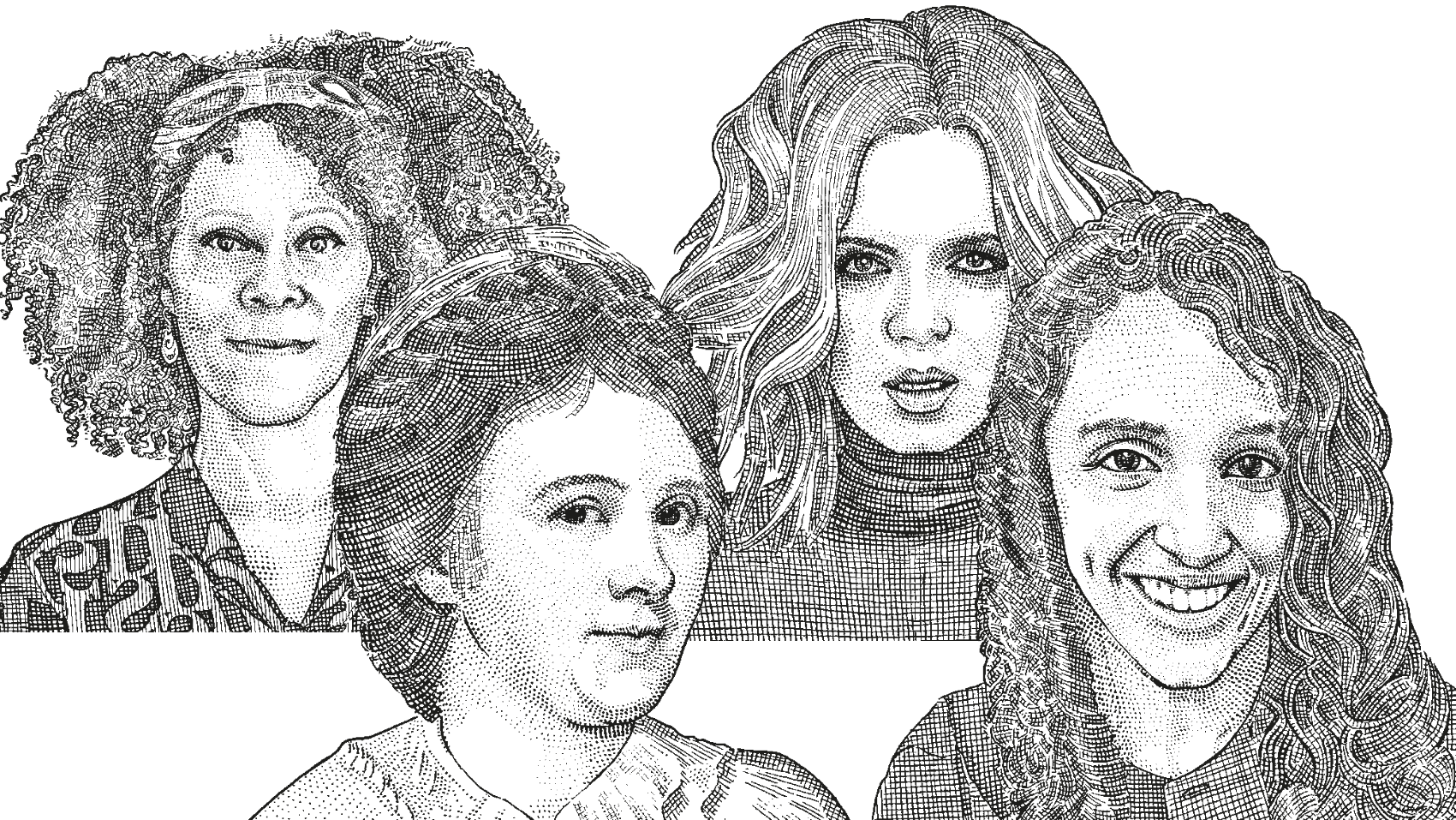In the most watched TED talk of all time, educationalist Sir Ken Robinson FRSA claims that “schools kill creativity”, arguing that “we don’t grow into creativity, we grow out of it. Or rather we get educated out of it”. Yet to Robinson, “creativity is as important as literacy and we should afford it the same status”.
My former colleague Tim Leunig FRSA, while working as Chief Scientific Advisor at the Department for Education, delivered a TEDx talk that tackled Robinson’s argument head on. “True creativity” he argues, “is based on knowledge which in turn is based on literacy”. Our schools, where children develop the literacy skills on which all further learning depends, are therefore not killing creativity, but cultivating it by providing the “foundations young people need to be properly creative”.
As evidence of how schools kill creativity, Robinson cites the example of a young girl called Gillian Lynne who, at the age of eight, was already viewed as a problem student with a probable learning difficulty due her inability to sit still and concentrate. When her mother sought a medical explanation for Gillian’s constant fidgeting and lack of focus, the doctor suggested they speak privately. As the two adults got up to leave, the doctor turned on the radio. Left alone in a music-filled room, young Gillian began to dance. Observing her through the window, the doctor turned to her mother. “Gillian’s not sick” he said, “she’s a dancer”. Today, at the age of 92, Gillian can look back on a long career in ballet, dance and musical theatre which saw her become one of the world’s most successful choreographers, with hits like Andrew Lloyd-Webber’s Cats and Phantom of the Opera among her many achievements. Yet her school had all but written her off, mistaking her extraordinary talent for some form of behavioural problem or cognitive impairment.
As evidence of how schools cultivate creativity by imparting the knowledge on which it so often depends, Leunig goes back to the Enlightenment. He talks about the introduction of crop rotation, which allowed more people to live off the produce of England’s soil, a pre-requisite for the mass movement of people from the fields to the factories, mills and mines that powered the industrial revolution. He talks about the great breakthrough that allowed that revolution to happen: the invention of the steam engine by Thomas Newcomen. And he talks about the knowledge that led to this invention – knowledge of how, when steam condenses in a vessel, a vacuum is produced, and of how therefore, a piston could be forced out of a cylinder when steam is injected into it, and sucked back in again when the steam condenses. And he points out how this one brilliant insight enabled the British to “power the factories, get water out of the mines, and get locomotives running across the country and steam ships taking goods to the furthest corners of the globe”. Not only was this arguably the most important invention in economic history Leunig argues, but it wouldn’t have been possible without knowledge.
Does how we define creativity matter?
What is striking about these two talks is how different are the definitions of creativity on which they are based. To Robinson, creativity is about imagination, self-expression and divergent thinking. In contrast, Leunig’s examples of creativity show how, through the use of logic and the application of scientific principles, existing knowledge can be marshalled to create innovative new solutions to longstanding problems. To Robinson, creativity is natural – something you’re born with. Whereas for Leunig, it is highly dependent on the prior acquisition of biologically secondary knowledge – something you need to be taught. For Robinson, creativity is an alternative to literacy, and is often displayed by those who struggle academically; people who display what Harvard psychologist Howard Gardner would describes as an alternative or non-cognitive form of intelligence (kinesthetic in Lynne’s case). For Leunig, creativity is a cognitive competence that gains form and substance within particular knowledge domains – domains to which which the illiterate cannot gain access.
Why do these differences matter? And what are their implications for schools, particularly those that put a premium on the cultivation of students’ creativity?
The short answer is that they matter because they illustrate how meaningless it is to talk about creativity in abstract terms, as if the word describes the same thing in different domains when, as Robinson and Leunig’s dispute show, it clearly does not.
As Professor Dylan Wiliam explains in his 2013 paper Principled Curriculum Design:
"A huge amount of research on skill acquisition has found that the skills developed by training and practice are very rarely generalised to other areas and are, in fact, very closely related to the specific training."
It is certainly unhelpful, and probably wrong, therefore, to talk about ‘critical thinking skills’. Critical thinking is an important part of most disciplines, and if you ask disciplinary experts to describe what they mean by critical thinking, you may well find considerable similarities in the responses of mathematicians and historians. The temptation is then to think that they are describing the same thing, but they are not.
The same is true for creativity. Creativity is not a single thing, but in fact a whole collection of similar, but different, processes. Creativity in mathematics is not the same as creativity in visual art. If a student decides to be creative in mathematics by deciding that 2 + 2 = 3, that is not being creative, it is just silly since the student is no longer doing mathematics…Creativity involves being at the edge of a field but still being within it.
Similar arguments can be made for other ‘21st Century Skills’ such as problem-solving, communication and learning how to learn. There is some evidence that students who learn to work well with others in one setting may be more effective doing so in other settings, so some transfer is definitely possible. However, the really important message from the research in this area is that if you want students to be creative in mathematics you have to teach this in mathematics classrooms. If you want students to think critically in history, you have to teach this in history.
How should creativity be taught in schools?
Rather than thinking about creativity as something that can be taught as a generic skill, or taught only in the so-called ‘creative subjects’, Wiliam suggests that schools should use it as a “tool for auditing the breadth of the curriculum being offered in each discipline or subject”. This means ensuring that all subjects are taught in what Guy Claxton calls an epistemically broad way. So rather than teaching history “as if it is about fact and dates, it should be taught as an epistemic apprenticeship into the discipline of history involving facts and dates and understanding bias in historical sources and chronology and cause and effect”.
Considering how contested is the question of what and how to teach school children, it is remarkable how broad is the consensus about the indispensability of the disciplines – each with its own structure and rules, language and logic, perspectives and habits-of-mind. Indeed, even Howard Gardiner, in a recent piece entitled “re-imagining learning” which, as the title promises, is highly critical of traditional school models and teaching methods, is clear about the limits of that re-imagining:
“Mastering disciplines, learning to communicate effectively, engaging civilly in discussion and argument – these have been, and should remain, at the forefront of all education. The ancients talked about the importance of understanding what is true (and what is not); what is beautiful (and what is not worth lingering over); and what is good (in terms of being a worthy person, worker and citizen). These educational goals should be perennial”
It is worth dwelling on this briefly. Because in that first statement – about mastering disciplines, learning to communicate effectively, engaging civilly in discussion and argument – Gardiner captures the essence of the Trivium – the three arts of ‘grammar’, ‘rhetoric’ and ‘dialectics’ that Martin Robinson FRSA argues provide the basis for what John Milton once described as “a complete and generous education”. And in the second – about understanding what is true (academics) what is beautiful (aesthetics) and what is good (ethics) – Gardiner encapsulates the essence of what we at the RSA mean when we talk about an education of the “head, hand and heart”.
So. Do schools “kill creativity”?
The short answer is ‘no’, although they certainly can if they forget two important lessons:
First, that if the maximum number of children are to be given the greatest possible chance of realising their creative potential, schools need to provide and rich and broad curriculum that includes the so-called creative subjects that are the visual and performing arts.
And second, that if they are serious about cultivating real creativity across the curriculum, they need to remember that creativity describes a whole collection of similar, but different processes. In other words, they need to understand the central place of the disciplines in education, and take them as their starting point in curriculum design.

Playful green planet
Co-creating nature-based urban learning spaces and activities for 3-5-year-olds to foster nature and community connectedness and care through creativity.
Related articles
-
Prosperous Places: creating thriving communities
Tom Stratton
With regional growth at the top of the agenda, it is vital that we create thriving communities across economic, social and natural perspectives. Prosperous Places is a suite of interventions aimed at responding to the unique ambitions and challenges of places.
-
Nine famous female Fellows inspiring inclusion
Dean Samways
International Women’s Day 2024 invites us to imagine a world where all genders enjoy equality. Where prejudice and discrimination no longer exist. This is the world our work is helping deliver to this and future generations.
-
Inspired by nature
Rebecca Ford Alessandra Tombazzi Penny Hay
Our Playful green planet team summarises a ‘lunch and learn’ at RSA House that focused on how the influence of nature can benefit a child’s development.




Join the discussion
Comments
Please login to post a comment or reply
Don't have an account? Click here to register.
Mr Leunig needs to check his arguments - mass education came 100 years after the industrial revolution. Those who did the things he so approves of most likely received an individual, tutored or self-taught education: one which is by its very nature, creative.
But I do wonder how being able to identify a fronted adverbial contributes to the development of creativity in the 11 year old child.